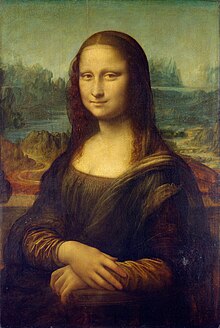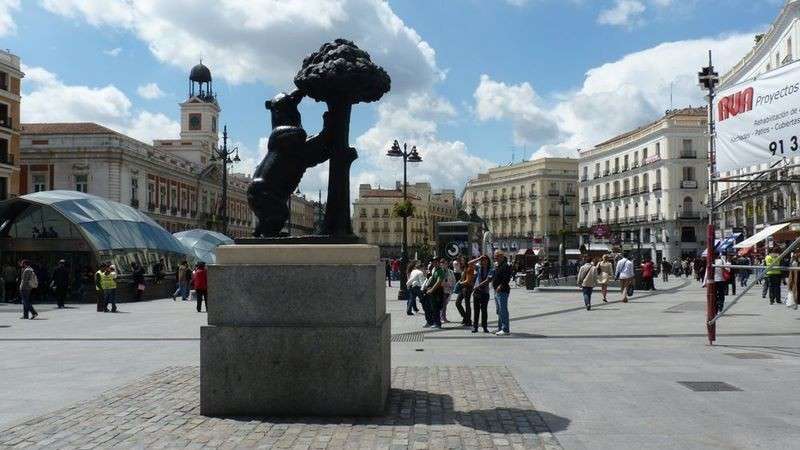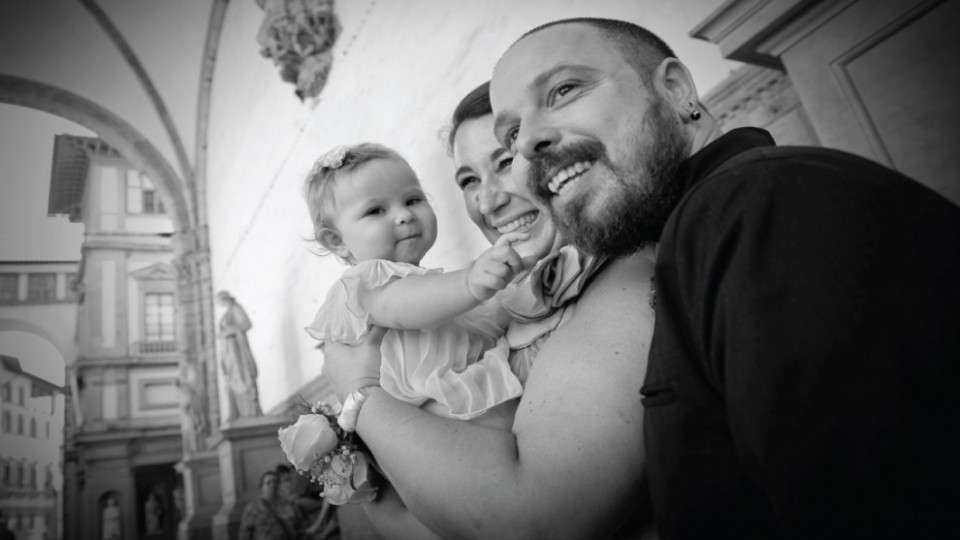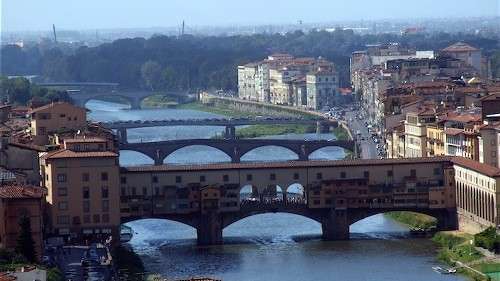Louvre Museum – Musée du Louvre
The Louvre, or the Louvre Museum (Musée du Louvre), is the world’s largest and most visited art museum.
The museum is housed in the Louvre Palace, originally built as a fortress in the late 12th to 13th century under Philip II. Remnants of the fortress are visible in the basement of the museum. The Louvre Palace is a vast complex of wings and pavilions on four main levels.
During the French Revolution, the National Assembly decreed that the Louvre should be used as a museum to display the nation’s masterpieces. In May 1791, the Assembly declared that the Louvre would be;
The museum opened on 10 August 1793 with an exhibition of 537 paintings, the majority of the works being royal and confiscated church property.
“a place for bringing together monuments of all the sciences and arts”.
| Established | 1793 |
|---|---|
| Location | Musée du Louvre, 75001 Paris, France |
| Type | Art museum and Historic site |
| Website | www.louvre.fr |
The museum offers 380,000 pieces in total – but not all of the collection is exhibited to the public. Approximately 38,000 objects from prehistory to the 21st century are exhibited over an area of 72,735 square metres (782,910 square feet).
Under Napoleon the museum was renamed Musée Napoléon, during his rule, Napoleon hung the Mona Lisa in his private bedroom. but after Napoleon’s abdication, many works seized by his armies were returned to their original owners.
One of the most important discoveries made during Napoleon’s campaign in Egypt was the Rosetta Stone. It was discovered in 1799 and eventually led to the ability to decipher ancient hieroglyphs. Although the Rosetta Stone was discovered by the French, it actually never made it to the Louvre Museum. It was seized by British Forces following the defeat of Napoleon in Egypt and the subsequent signing of the Treaty of Alexandria in 1801. It is now on display at the British Museum, London.
Grand Louvre Pyramids
In 1983, French President François Mitterrand proposed the Grand Louvre plan to renovate the building and relocate the Finance Ministry, allowing displays throughout the building. Architect I. M. Pei was awarded the project and proposed a glass pyramid to stand over a new entrance in the main court, the Cour Napoléon.
The pyramid and its underground lobby were inaugurated on 15 October 1988 and the Louvre Pyramid was completed in 1989. It is 21 metres high, covers an area of 1,225 square metres and is made from almost 700 panes of glass. The second phase of the Grand Louvre plan, La Pyramide Inversée (The Inverted Pyramid), was completed in 1993.
The Louvre Pyramid glass pyramid is one of four, as three smaller glass pyramids surround the courtyard, Cour Napoleon.
Louvre Galleries
The Musée du Louvre contains more than 380,000 objects and displays 35,000 works of art in eight curatorial departments with more than 60,600 square metres (652,000 sq ft) dedicated to the permanent collection. It is the world’s most visited museum.
It would take 100 days to see everything in the Louvre if you looked at each item for 30 seconds, all day without a break.
The collection is divided among eight curatorial departments:
Egyptian Antiquities: Comprising over 50,000 pieces, includes artifacts from the Nile civilizations which date from 4,000 BC to the 4th century AD. The collection, among the world’s largest, overviews Egyptian life spanning Ancient Egypt, the Middle Kingdom, the New Kingdom, Coptic art, and the Roman, Ptolemaic, and Byzantine periods.
Near Eastern Antiquities: Near Eastern antiquities, dates from 1881 and presents an overview of early Near Eastern civilization and “first settlements”, before the arrival of Islam.The department is divided into three geographic areas: the Levant, Mesopotamia (Iraq), and Persia (Iran).
Greek, Etruscan and Roman Antiquities: Displays pieces from the Mediterranean Basin dating from the Neolithic to the 6th century. The collection spans from the Cycladic period to the decline of the Roman Empire.
Venus de Milo also known as Aphrodite of Milos is an ancient Greek statue and one of the most famous works of ancient Greek sculpture. Sculpture was created around 100 BC, it is believed to depict Aphrodite, the Greek goddess of love and beauty (Venus to the Romans)
Islamic Art: The Islamic art collection, spans “thirteen centuries and three continents”. These exhibits, comprising ceramics, glass, metalware, wood, ivory, carpet, textiles, and miniatures, include more than 5,000 works and 1,000 shards.
Sculpture: The department comprises work created before 1850 that does not belong in the Etruscan, Greek, and Roman department. The Louvre has been a repository of sculpted material since its time as a palace. Initially the collection included only 100 pieces, the rest of the royal sculpture collection being at Versailles. In 1986, all post-1850 works were relocated to the new Musée d’Orsay. The Grand Louvre project separated the department into two exhibition spaces; the French collection is displayed in the Richelieu wing, and foreign works in the Denon wing.
Decorative Arts: The Objets d’art collection spans the time from the Middle Ages to the mid-19th century. The department began as a subset of the sculpture department, based on royal property and the transfer of work from the Basilique Saint-Denis, the burial ground of French monarchs that held the Coronation Sword of the Kings of France.
Paintings: The painting collection has more than 7,500 works from the 13th century to 1848 and is managed by 12 curators who oversee the collection’s display. Nearly two-thirds are by French artists, and more than 1,200 are Northern European. When the d’Orsay train station was converted into the Musée d’Orsay in 1986, the collection was split, and pieces completed after the 1848 Revolution were moved to the new museum.
Leonardo da Vinci’s Mona Lisa is the Louvre’s most popular attraction. The dimension of the painting is actually just 21 x 30 inches (53 x 77cms) – which is just a little bit larger than an A2 piece of paper. The Mona Lisa also has its own bodyguards and is protected by the bulletproof glass; it was stolen in 1911 before being returned to the Louvre just two years later.
Mona Lisa’s identity is a mystery, and no-one has ever been able to come to a decision as to why she is smiling that way. Many believe she is the wife of Francesco del Giocondo, as her real name in Italian is Lisa Gioconda. Others believe Mona Lisa is a self-portrait and an allusion to Leonardo da Vinci’s supposed homosexuality.
Prints and Drawings: The prints and drawings department encompasses works on paper. The origins of the 8,600 works in the Royal Collection (Cabinet du Roi), which were increased via state appropriation, purchases and donations. The collection is organised into three sections: the core Cabinet du Roi, with 14,000 royal copper printing-plates, and donations of Edmond de Rothschild which include 40,000 prints, 3,000 drawings, and 5,000 illustrated books. The holdings are displayed in the Pavillon de Flore; due to the fragility of the paper medium, only a portion is displayed at one time.

















